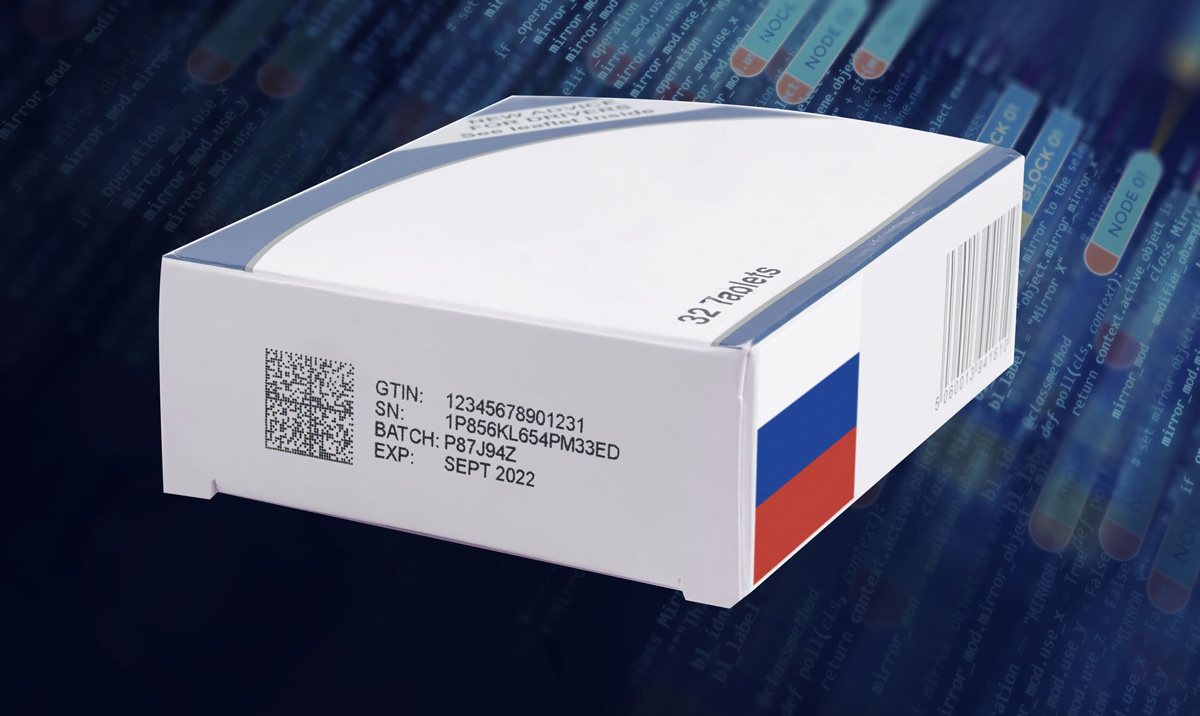Time is running out for companies to prepare for the new Russian coding legislation. Here is everything you need to know about becoming compliant.
What is the new cryptocode legislation?
From 1st July 2020, certain items sold in Russia will require a special cryptocode.
Affected products will have to carry a 2D code consisting of four mandatory pieces of data:
- GTIN (Global Trade Item Number)
- Serial number
- Crypto key
- Crypto number
The legislation is intended to make it easier for authorities and consumers to verify the authenticity and origins of certain products.

Who is affected by the legislation?
The Russian cryptocode legislation covers all pharmaceutical products, certain medical devices, and some Fast Moving Consumer Goods, such as cosmetics.
This legislation applies not only to Russian manufacturers selling domestically, but any manufacturer exporting into the Russian market.

What challenges do manufacturers face in becoming compliant?
The most obvious challenge is time. Manufacturers were given a short window to become compliant – and the deadline of 1st July 2020 is fast approaching.
The second challenge is born from the complexity of the code itself. Despite a climbdown from implementing 88-character codes, the new cryptocode legislation still obligates manufacturers to apply 44-character codes to their products.
That means the data matrix code must be 36 x 36 to encode the necessary information. In comparison, EUFMD regulations only require matrices of 22 x 22.
Consequently, you may have to redesign your packaging to accommodate the size of the matrix and coding stipulations. It also will cause reduced line speeds, meaning delays to production.
Due to the enhanced accuracy of ink placement required, there is an increased risk of coding errors (raising the threat of product recalls) and – without updates to your vision systems – the additional threat of false product rejections.

How Domino has you covered
We have upgraded the firmware for our Thermal Ink Jet (TIJ) printing systems to optimise ink dot positioning to create enhanced code quality. The new pixel shaving method results in A grade codes with the existing 12.5mm print head at over 30 m/min, substrate and ink type dependent.
In short: with Domino printing solutions on your production line you can print A grade codes even at fast line speeds. All Domino technologies designed for pack or pill bottle coding have been optimised and tested to print A or B grade Russian codes.
Speak to us – we can help
Part of being there for our customers means staying on top of legislative developments and translating what they mean for busy manufacturers. Indeed, as well as being printing specialists, we consult manufacturers all over the world on their coding operations. So if you have any questions about compliance with the Russian cryptocode legislation, please ask. We can help.